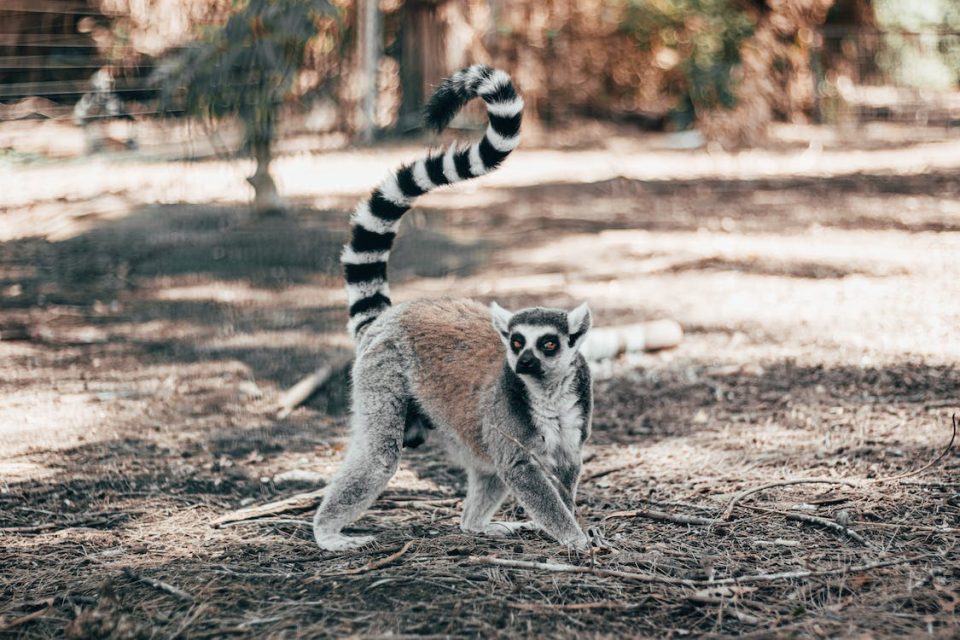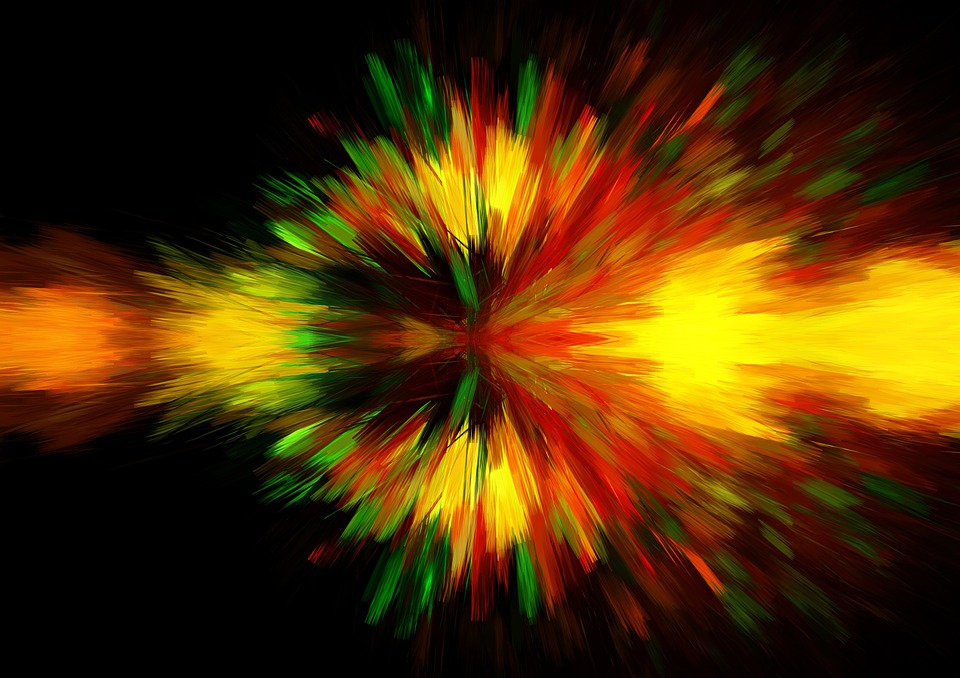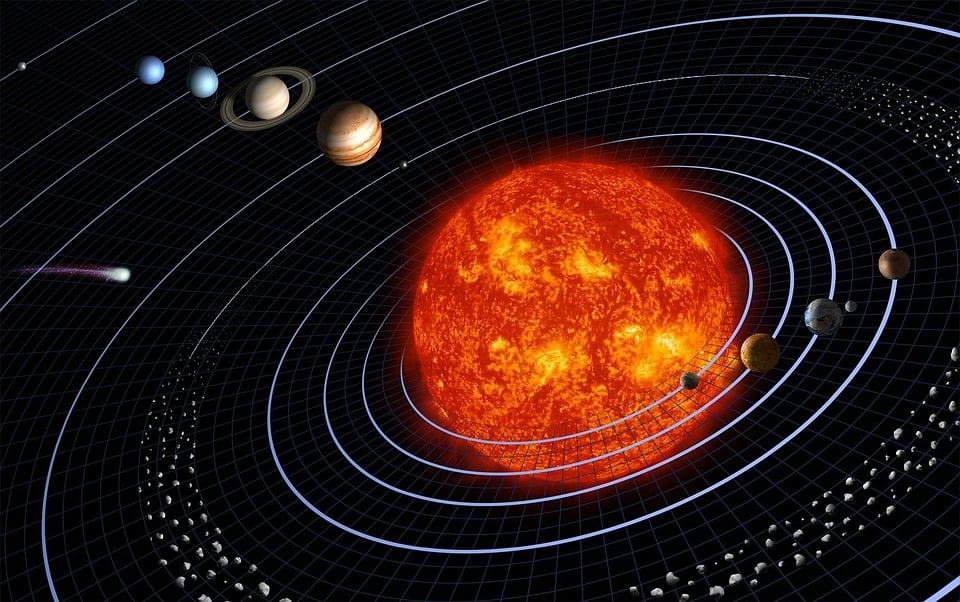
The dragon is a mythical creature that has been part of human imagination for centuries. It has appeared in the folklore and mythologies of numerous cultures throughout history, and its symbolism has evolved in various ways. In this essay, we will examine the evolution of dragon symbolism across different cultures from ancient times to the present day.
The Ancient Near East
The earliest known depiction of a dragon comes from ancient Mesopotamia, around 4000 BCE. It is a serpent-like creature with four legs and a pair of wings, often depicted in combat with other animals or mythological creatures. In Mesopotamian mythology, the dragon was a symbol of chaos and destruction, often associated with the god Tiamat, who represented the primordial ocean from which all life emerged. The Babylonians also depicted dragons as powerful guardians, often placed at the entrances of temples or palaces to ward off evil spirits.
In ancient Egypt, the dragon took the form of the ouroboros, a serpent or dragon eating its own tail. The ouroboros was a symbol of infinity and the cyclical nature of life and death. The dragon also appeared in Egyptian mythology as the god Apep, a serpent-like creature that represented chaos and darkness. Apep was said to be the enemy of the sun god Ra, and each night he would try to devour the sun as it traveled through the underworld.

Ancient China
In ancient China, the dragon was a symbol of power, strength, and good luck. It was often associated with the emperor, who was believed to have a dragon as his ancestor. Chinese dragons were depicted as long, serpentine creatures with four legs, and they were often shown chasing after a flaming pearl, which represented wisdom and enlightenment. In Chinese mythology, dragons were responsible for controlling the weather and the elements, and they were also believed to be the guardians of the underworld.
The dragon also appeared in Chinese folklore as a benevolent creature that helped people in need. The most famous of these dragons is the Dragon King, who was said to live in the depths of the ocean and control the tides and the waves. The Dragon King was often depicted as a wise and benevolent ruler who helped fishermen and sailors in times of need.

Ancient Greece and Rome
In ancient Greece and Rome, the dragon was often depicted as a fierce and powerful creature that guarded treasure or other valuable items. The most famous example of this is the dragon that guarded the Golden Fleece in Greek mythology. This dragon was eventually slain by the hero Jason and his band of Argonauts.
In Roman mythology, dragons were often depicted as malevolent creatures that were associated with dark magic and witchcraft. The most famous example of this is the dragon that guarded the cave of the Sibyl of Cumae, a powerful sorceress who was said to be able to foretell the future.

Medieval Europe
In medieval Europe, the dragon took on a more sinister and malevolent role. It was often associated with Satan and the forces of evil, and it was depicted as a fearsome creature that breathed fire and caused destruction wherever it went. Dragons were often depicted as the enemies of knights and heroes, and they were often slain in epic battles that were seen as symbolic of the struggle between good and evil.
The dragon also appeared in Christian mythology as the beast that was slain by Saint George. This story became one of the most popular legends of the Middle Ages, and it was often depicted in artwork and literature.
The Renaissance and Beyond
In the Renaissance, the dragon began to take on a more symbolic role. It was often used as a symbol of power and authority, and it appeared in numerous works of art and literature. For example, in Dante’s “Divine Comedy,” the dragon represents the sin of fraud, and it is slain by the figure of Reason, who represents the path to salvation.
In the modern era, the dragon has continued to evolve in its symbolism. In popular culture, dragons are often depicted as majestic creatures that are powerful but benevolent, such as the dragons in the “Game of Thrones” series. They are often seen as creatures that can be tamed or befriended by humans, and they are sometimes used as symbols of strength and resilience.
In other cultures, the dragon has continued to be seen as a powerful and benevolent creature. For example, in Japanese mythology, the dragon is associated with water and is often seen as a symbol of good fortune and prosperity. The dragon is also an important symbol in the traditional Chinese New Year celebrations, where it is used to represent the coming of the new year and the hope for good luck and prosperity in the year ahead.
In conclusion, the symbolism of the dragon has evolved in different ways across various cultures throughout history. From its origins as a symbol of chaos and destruction in ancient Mesopotamia, to its association with power and good luck in ancient China, to its role as a malevolent creature in medieval Europe, the dragon has taken on many different meanings and roles. Today, the dragon continues to be a powerful symbol in popular culture and traditional beliefs, representing strength, resilience, and the potential for transformation and growth.







